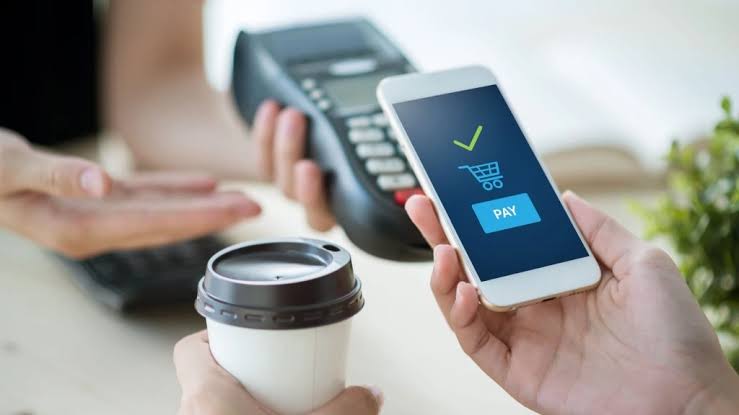Mobile payment systems have revolutionized the way people handle financial transactions, offering a level of convenience and efficiency that traditional payment methods cannot match. With the rise of smartphones and digital wallets, consumers can now pay for goods and services instantly, without the need for physical cash or cards. In 2025, mobile payment solutions have become a key component of modern commerce, powering both in-store and online transactions across the globe.
These systems, which include platforms like Apple Pay, Google Pay, PayPal, and various bank-integrated apps, have significantly changed consumer behavior. Businesses, too, are increasingly adopting mobile payment options to meet customer expectations and streamline operations. As digital transactions become the norm, the benefits of mobile payment systems continue to expand beyond convenience, extending into security, financial management, and economic growth.
Convenience and Speed
One of the most significant benefits of mobile payment systems is their ability to simplify transactions. Instead of carrying cash or multiple cards, users can store their payment information on a mobile device and complete purchases with just a few taps or a quick scan.
The speed of mobile payments is particularly advantageous in busy retail environments, reducing waiting times and improving the overall customer experience. Mobile payments are also highly versatile, enabling transactions anywhere, whether in physical stores, online platforms, or peer-to-peer transfers.
Enhanced Security Features
Mobile payment systems are designed with advanced security features that often surpass those of traditional payment methods. Encryption, tokenization, and biometric authentication, such as fingerprint or facial recognition, protect users from fraud and unauthorized transactions.
Unlike physical cards, which can be lost or stolen, mobile wallets require multiple layers of verification before payments can be processed. Many mobile payment apps also include real-time transaction alerts, allowing users to monitor their accounts and respond quickly to any suspicious activity.
Financial Management and Tracking
Another advantage of mobile payment systems is the ability to track and manage finances more effectively. Most mobile wallets and payment apps provide detailed transaction histories, helping users monitor spending habits and set budgets.
For businesses, these systems simplify accounting by automatically generating transaction records and integrating with financial management software. This reduces the risk of errors and saves time compared to manual bookkeeping.
Global Accessibility
Mobile payments have bridged the gap for consumers and businesses worldwide, particularly in regions where traditional banking infrastructure is limited. With just a smartphone and internet connection, individuals can participate in the digital economy without the need for a conventional bank account.
This accessibility has empowered small businesses and entrepreneurs, enabling them to accept payments seamlessly and expand their customer base. In emerging markets, mobile payment systems like M-Pesa and Flutterwave have played a crucial role in financial inclusion, giving millions of people access to essential financial services.
Contactless Transactions and Health Benefits
The COVID-19 pandemic accelerated the adoption of contactless payment methods, and mobile payment systems have continued to thrive in this environment. By reducing physical contact with cash or card terminals, mobile payments promote hygiene and minimize the spread of germs.
Even in 2025, the preference for contactless transactions remains strong due to their convenience and safety. Retailers and service providers are increasingly embracing mobile payment solutions to meet this growing consumer demand.
Rewards and Loyalty Programs
Many mobile payment systems are integrated with rewards programs, offering discounts, cashback, or loyalty points for every transaction. These incentives encourage customers to use mobile wallets more frequently while providing businesses with valuable data on consumer behavior.
By analyzing this data, companies can personalize offers, improve customer experiences, and build stronger relationships with their customers. The combination of convenience and rewards makes mobile payments even more appealing.
Environmental Benefits
Mobile payment systems also contribute to sustainability efforts by reducing the need for paper receipts and physical currency production. Digital transactions eliminate much of the waste associated with traditional payment systems, supporting businesses and consumers in their efforts to adopt greener practices.
With digital receipts and transaction records stored electronically, businesses can streamline operations while reducing their environmental impact.
Conclusion
Mobile payment systems have transformed the financial landscape by offering convenience, speed, and enhanced security. They empower both consumers and businesses with efficient tools for managing money while promoting financial inclusion and sustainability.
As digital technology continues to evolve, mobile payment systems will play an even greater role in shaping commerce, offering seamless, secure, and innovative solutions for a wide range of transactions. In 2025 and beyond, the benefits of adopting mobile payments will continue to grow, making them an essential part of everyday life.




Interesting